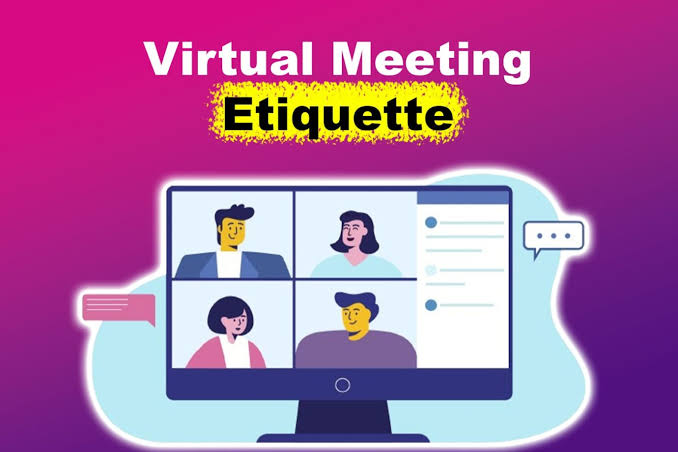Virtual meetings have become a common part of modern work culture, allowing people to connect and collaborate regardless of location. While they save time and resources, their effectiveness depends largely on how participants conduct themselves. Proper etiquette ensures that meetings run smoothly, remain productive, and foster a professional environment.
Prepare Before the Meeting
Preparation is key to avoiding unnecessary delays and confusion.
- Review the meeting agenda in advance to understand the topics.
- Test your microphone, camera, and internet connection beforehand.
- Ensure any necessary documents or presentations are ready for sharing.
By preparing ahead, you can contribute effectively without disrupting the flow of the discussion.
Be Punctual
Joining on time shows respect for others’ schedules.
- Log in a few minutes early to handle any technical issues.
- Avoid last-minute scrambling that can cause delays.
- If you must be late, inform the host in advance.
Punctuality sets the tone for a professional and organized meeting.
Dress Appropriately
Even in virtual settings, appearance matters.
- Choose clothing suitable for the meeting’s purpose, whether casual or formal.
- Avoid overly distracting patterns or bright colors that draw attention away from the discussion.
- Maintain a neat background or use a professional virtual backdrop if necessary.
Appropriate attire signals that you take the meeting seriously.
Minimize Background Noise and Distractions
A quiet and focused environment improves communication for all participants.
- Mute your microphone when not speaking.
- Inform others in your space that you will be in a meeting to avoid interruptions.
- Close unrelated apps or notifications to stay attentive.
This helps maintain a clear and distraction-free discussion.
Speak Clearly and Take Turns
Online communication can be prone to delays, so clear speech and patience are essential.
- Speak slowly enough to be understood without repeating yourself.
- Avoid interrupting others; wait for a pause before adding your input.
- Use hand gestures or cues if the platform supports video to indicate you want to speak.
Respectful turn-taking ensures everyone’s voice is heard.
Stay Engaged and Present
Active participation shows professionalism and interest.
- Maintain eye contact by looking at the camera.
- Nod or give verbal affirmations to show you are following along.
- Avoid multitasking, such as checking emails or scrolling on your phone.
Engagement fosters better collaboration and clearer communication.
Use Chat and Reactions Appropriately
Most virtual meeting platforms have chat features and reaction tools.
- Use the chat for relevant comments or questions without disrupting the speaker.
- Avoid spamming or sending unrelated links during the discussion.
- Use reactions to quickly acknowledge points without interrupting.
These tools can enhance interaction when used wisely.
Respect Meeting Time Limits
Respecting the scheduled duration keeps participants engaged and productive.
- Stick to the agenda to avoid unnecessary diversions.
- Avoid long-winded explanations unless they are crucial to the discussion.
- Help the host wrap up by summarizing points when asked.
Time-conscious behavior benefits everyone’s workflow.
Follow Up After the Meeting
Good etiquette extends beyond the meeting itself.
- Send any promised documents or resources promptly.
- Review meeting notes or recordings to stay aligned with next steps.
- Thank the host or participants for their time and input.
Following up reinforces professionalism and ensures tasks are completed.
Conclusion
Effective virtual meeting etiquette involves preparation, respect for others’ time, and active engagement. From being punctual and dressing appropriately to minimizing distractions and staying on topic, each action contributes to a smoother, more productive meeting experience. In today’s digital work environment, practicing these habits not only improves communication but also strengthens professional relationships.




12 thoughts on “Tips for Effective Virtual Meeting Etiquette”